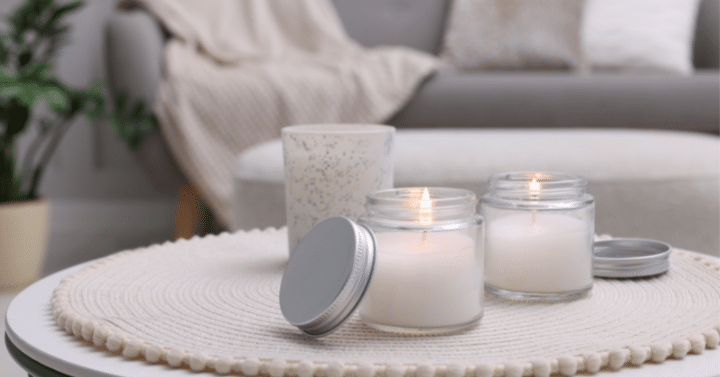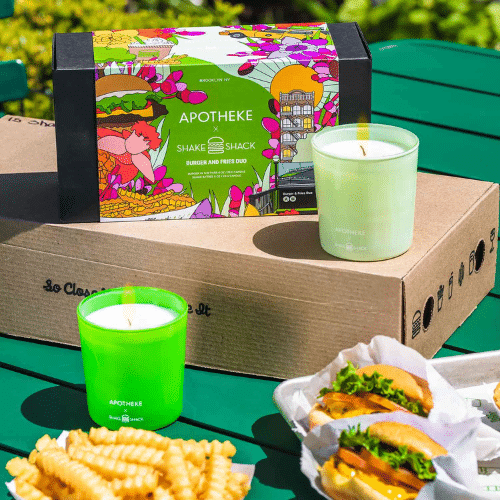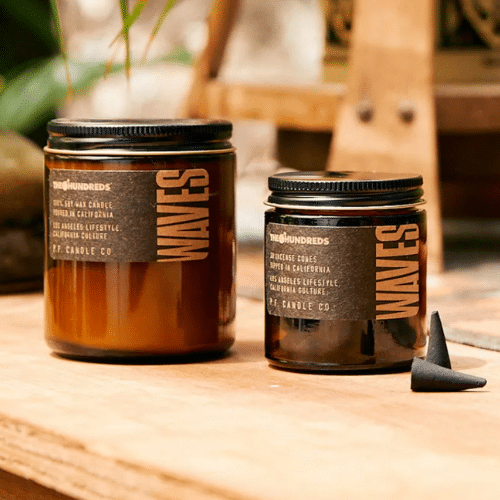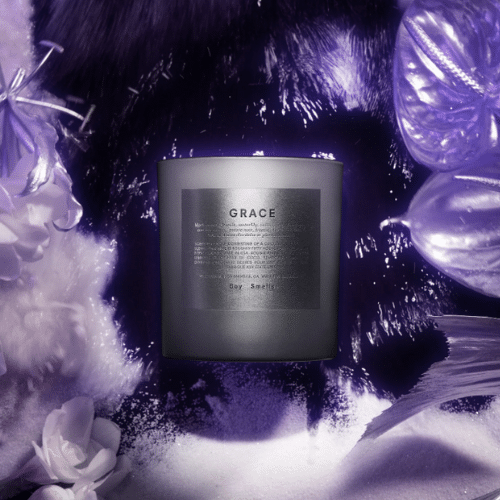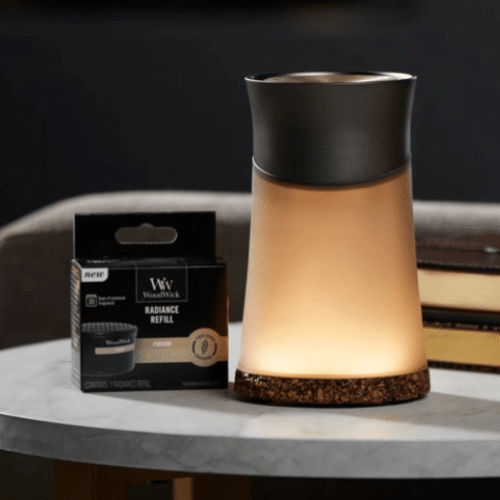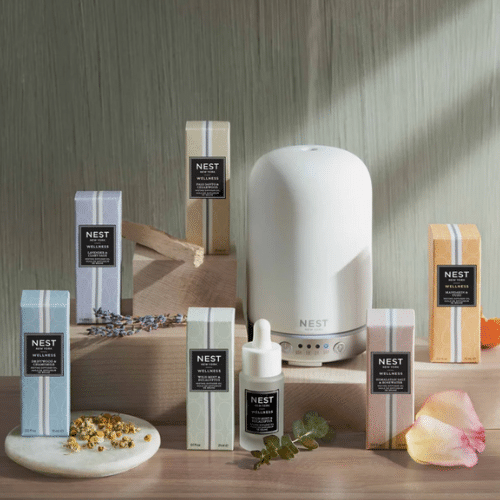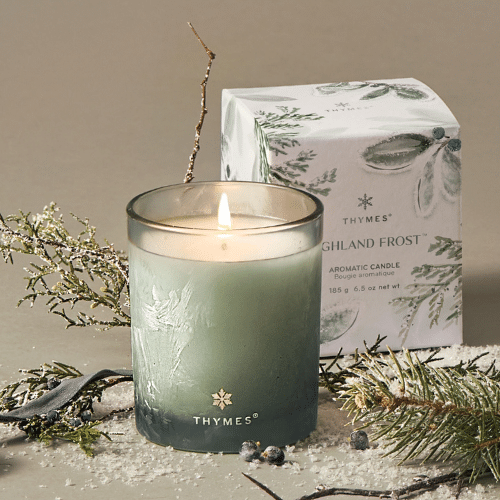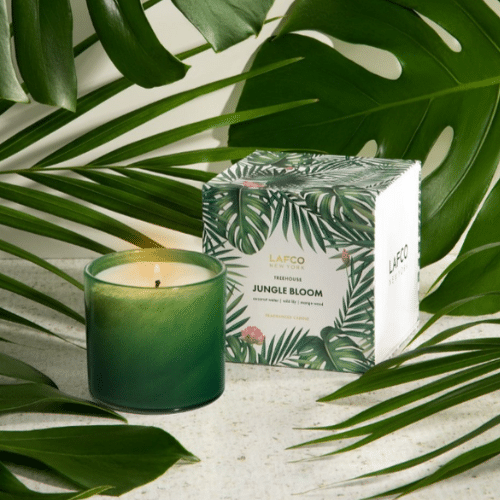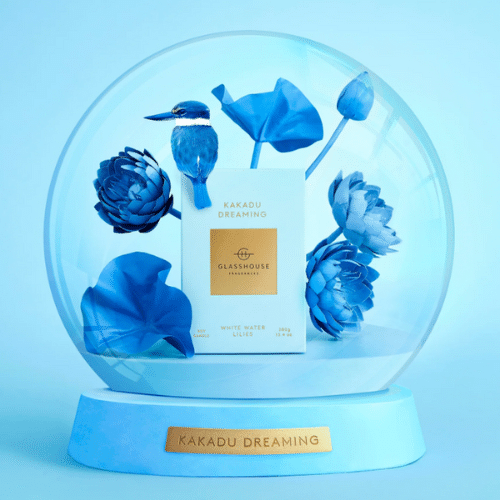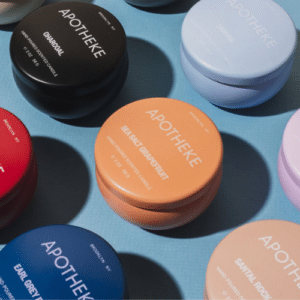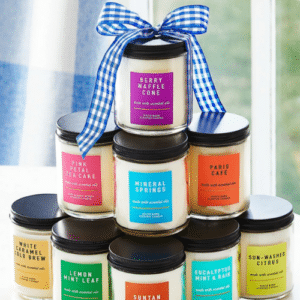The home fragrances market slowed down in 2022 after recording nearly 17% growth the prior year, as stated in our soon-to-published report. The economic uncertainty and inflation contributed to consumers being more mindful of their purchases, leading to a decline of nearly 3% in mass retail sales. Despite this, home fragrance brands found ways to achieve growth by following key trends that are expected to continue into this year.
Below are the top trends that are on our radar for 2023:
1. Collaborations
Brands that compete in the candles category have proven that collaborations with entities outside of their space can bolster both parties’ visibility along with generating a high degree of excitement. More brands are expected to collaborate in 2023 after the success of partnerships, such as Apotheke x Shake Shack, P.F. Candle x The Hundreds, and Boy Smells x Grace Jones in 2022.
2. Wellness Collections
The self-care and wellness trend is here to stay, as consumers look to de-stress and turn their homes into safe oases. Prominent brands such as Yankee Candle, Paddywax, Nest, ScentSationals, and Trapp Fragrances all released wellness collections last year. While other brands are also expected to follow suit in 2023, Nest has already expanded its collection to include reusable rattan candle holders.
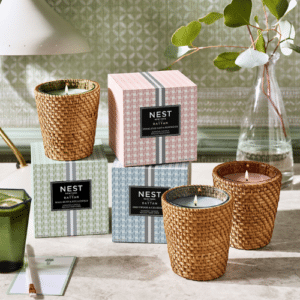
Rattan Wellness Collection by Nest
3. Expansion Into Tech
The active diffuser segment remains enticing for brands to expand into, either through launches of their own devices or partnerships with active diffuser platforms like Pura and Aera. Brands that introduced their own active diffusers in 2022, such as WoodWick, Voluspa, and Nest prove that the space will remain in the portfolio of market leaders, given the double-digit year-over-year growth the space has been recording.
4. Natural Scents
Consumers have shifted their scent preferences to fragrance options that evoke a more natural scent. As a result, luxury brands are eager to satisfy the demand. Most notably, Thymes’s Highland Frost, LAFCO’s Jungle Bloom, and Glasshouse Fragrances’ Kakadu Dreaming candles each showed success in this space, with others who are expected to capitalize on this trend too.
5. Smaller Formats
Due to a struggling economy, marketers have looked to launch smaller-sized candles as a way of giving consumers a more accessible price point. For mid-level consumers who are more price-sensitive, opportunities need to be created to regain those who pulled back from the category because of inflationary worries. Launches such as Bath & Body Works’ new Signature Single Wick candles at $17.95 and Apotheke’s Signature Mini Tin candles at $12.00 show the market is ready to cater to consumers who are hesitant to spend more disposable income.
Looking ahead into 2023, the home fragrances market is expected to continue to grow. While the growth will be slower than the double-digit increase recorded during the pandemic years, it will be higher than the 4% growth seen in 2019 due to the normalization of consumer activity. With an uncertain economy and inflation, consumer demand is expected to slow down, thus, marketers will need to adapt and modify their strategies and product offerings accordingly.
To gain a better understanding of the home fragrances market along with a perspective on how brands stand out against each other in this highly competitive space, refer to our soon-to-be-published report – Home Fragrances: U.S Market Brief.
